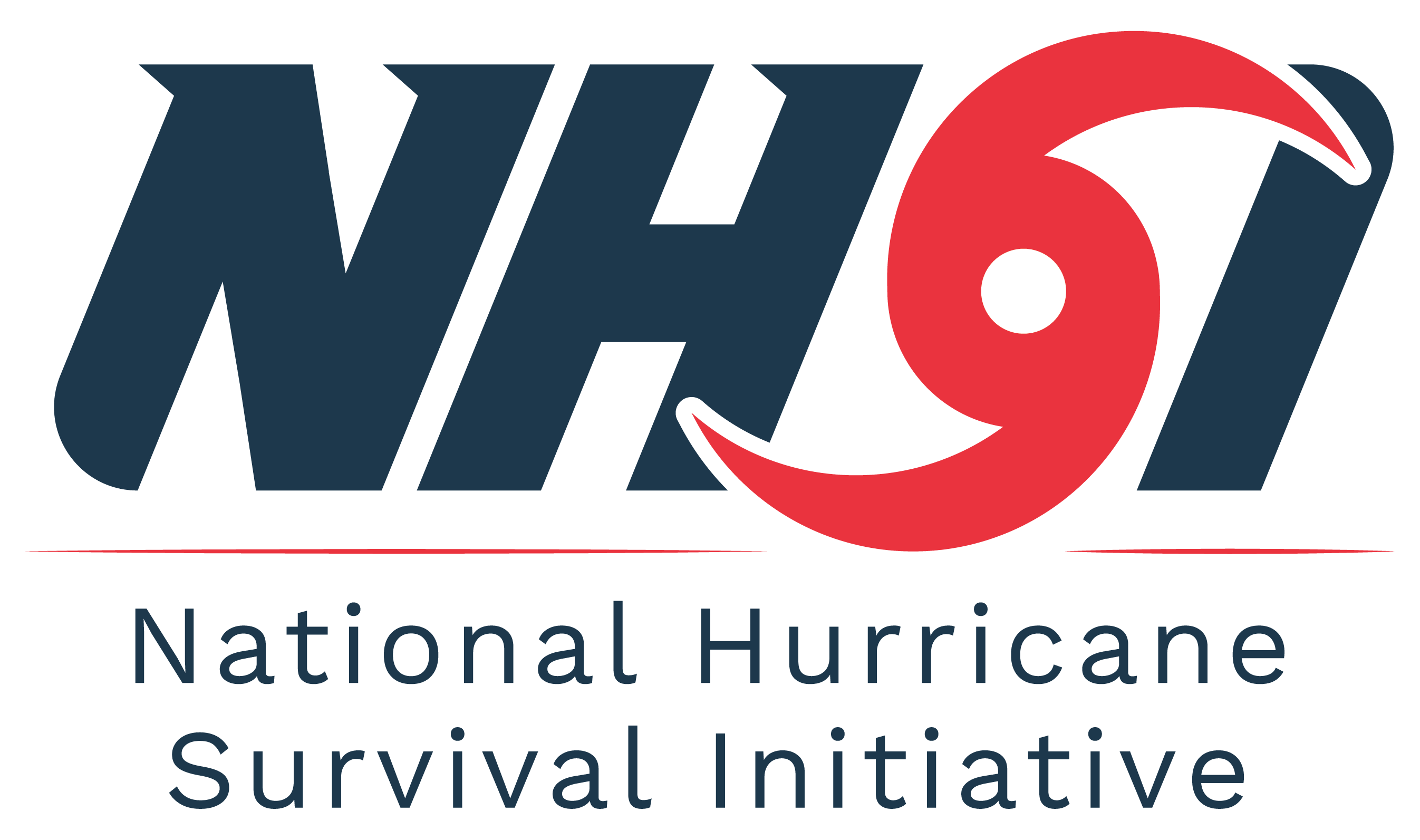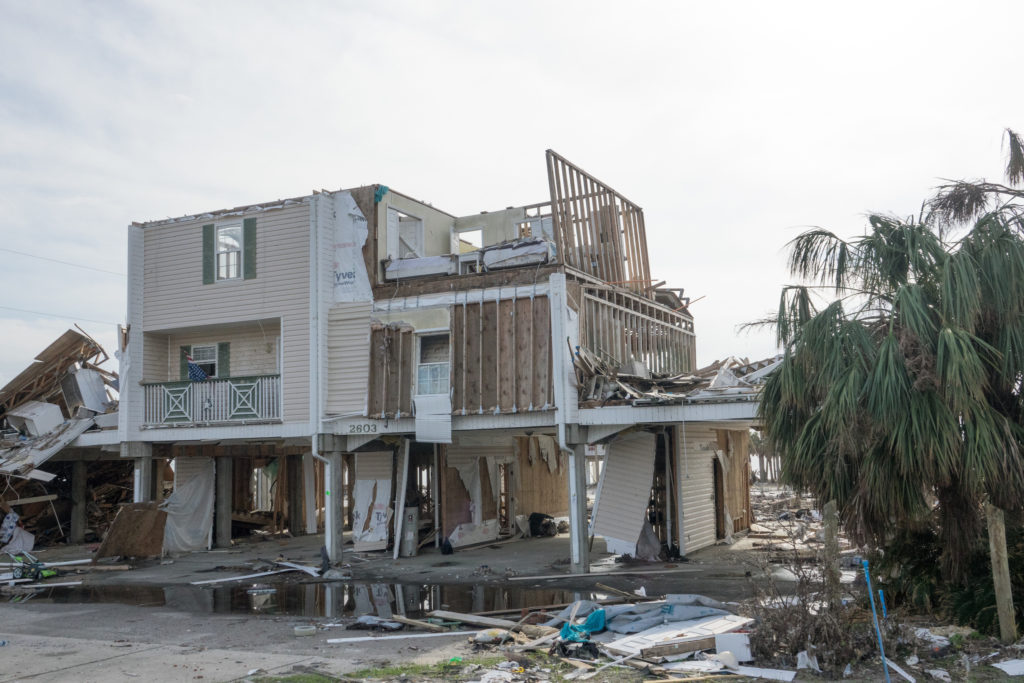As we prepare for the 2024 Atlantic hurricane season, NOAA’s latest predictions indicate a higher-than-normal activity level. This season, running from June 1 to November 30, is forecasted to have 17 to 25 named storms, 8 to 13 hurricanes, and 4 to 7 major hurricanes. Key factors influencing this prediction include La Niña conditions and exceptionally warm Atlantic waters.
Discover the factors behind NOAA’s forecast and learn how to stay prepared. Read the full report and get detailed insights here.


